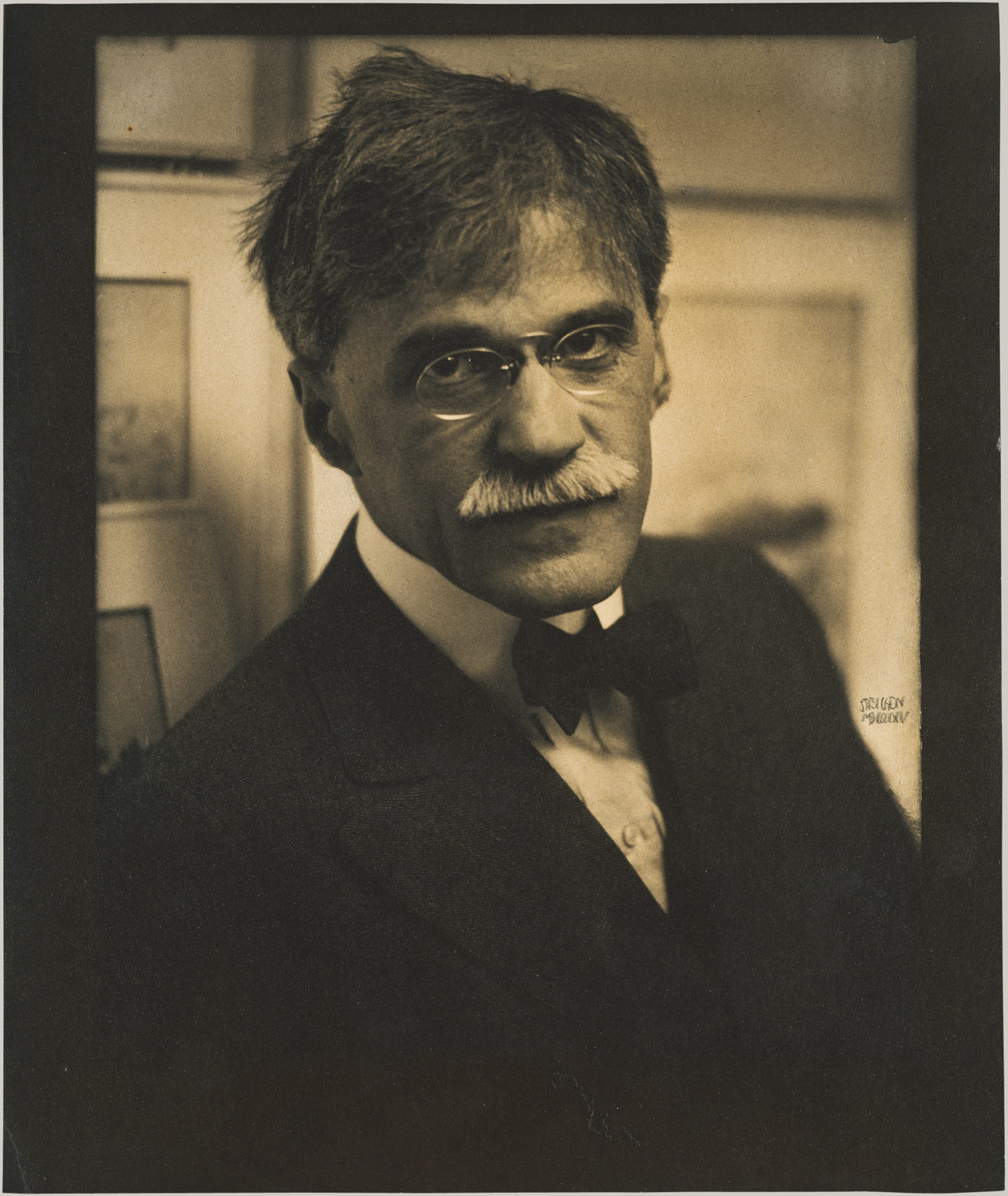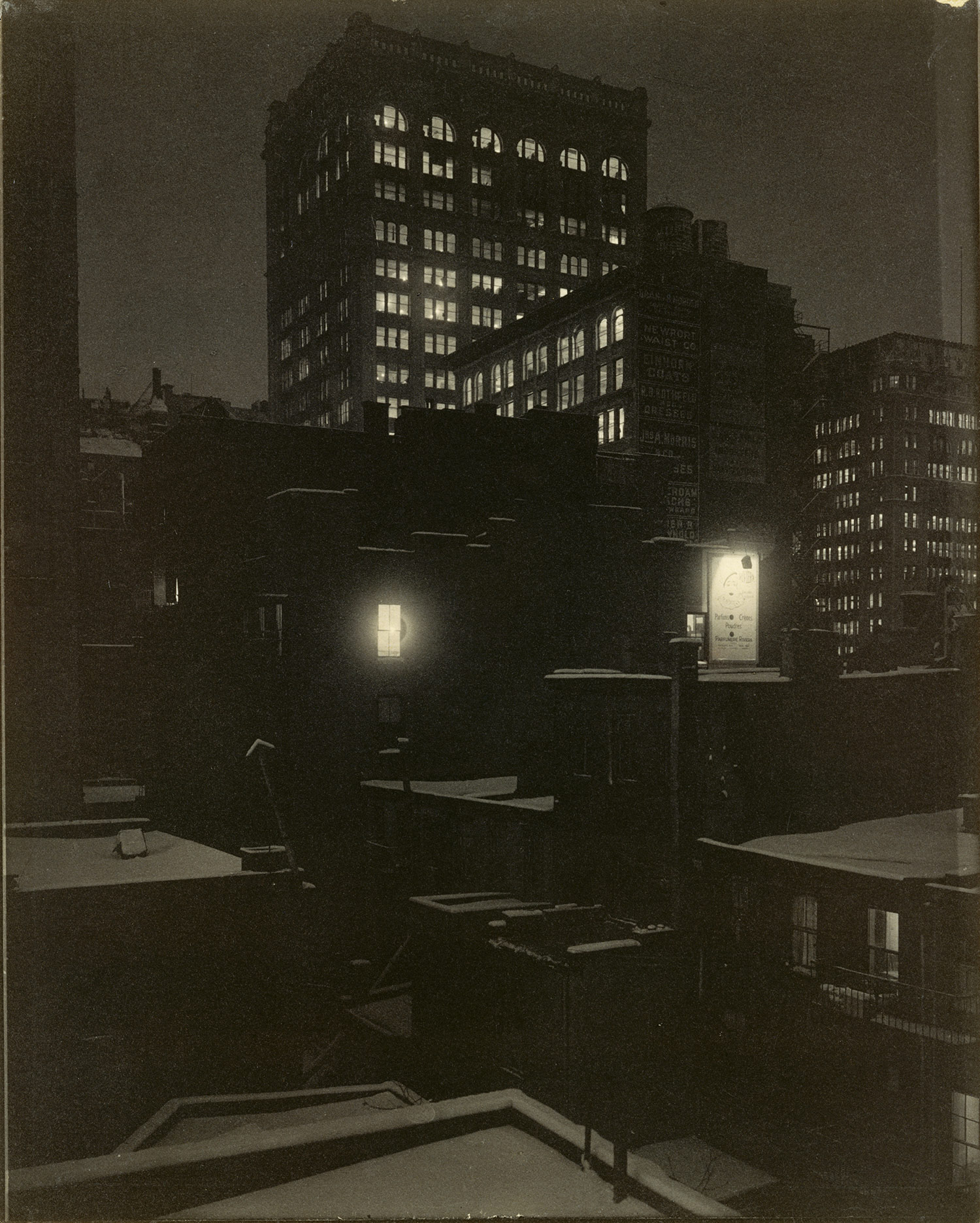This is the first in a series called Photographic Heros. To me a photographic hero is anyone that has left their make in the history of photography, oh and they have to have passed away. While hero generally indicates that the person is male, I will however be including both genders under this banner. I will do also do a separate series on photographers (who are alive today) that inspire me.

Alfred Stieglitz (January 1, 1864 – July 13, 1946)
Stieglitz was one of the major American photographers at the start of the 20th century. However, to me at least, he deserves his place in history for being a promoter of modern art and being instrumental in making photography an accepted art form.
There is already a so must on the internet about Stieglitz that I shall not add to but but direct you to some of the more worthwhile pieces. The video below is quite a good over view of his life.
[youtube=http://www.youtube.com/watch?v=8YhwYgdtphE]
If you are looking for a more historical view of his photographical work then Jeff Curto a Professor of Photography at DuPage has an interesting lecture on Stieglitz The link for that lecture is here.
If you look at Stieglitz's photographic work there are three major bodies of work that appear to my mind. Portraits of his liver and later wife Georgia O'Keeffe, urban shots of New York city often taken from his art galleries windows and his abstract series photographs called Equivalents. Lets have a look at an example of each.
Georgia O'Keeffe, 1921
This is one of the many (over 300) photographs that Stiglitz made of Georgia O'Keeffe. One key thing to note here is the use of the hands, which appear in almost every portrait that he took of her, there is something sensual about them. What I like about this photograph is the lines of her neck and the unusual crop that he used for this photograph and the beautiful sepia tones.
Lisa Kurzner is an art historian who has looked at the development of the ideas of photographers in the early 20th centry though his portraits of his wife . You can find the lecture here.

From the Back Window, 291, 1915
This is photograph that just could not be made today. As you look at this photograph notice that the main light in this shot is moon light, and how few gas/electric lights there are. With todays light pollution there is no way we would be able to balance the two different light sources. While the moon light makes the image rather spooky, what I really like the simple uncluttered composition.

Equivalent 1930
This is on the a series of abstract photographs that Stilglitz took as part of his ``Equivalents'' project. The series composed primarily of clouds, atmosphere, and light, in which cloud formations create various moods and textures. This was his attempt to “put down my philosophy of life—to show that photographs were not due to subject matter”.
